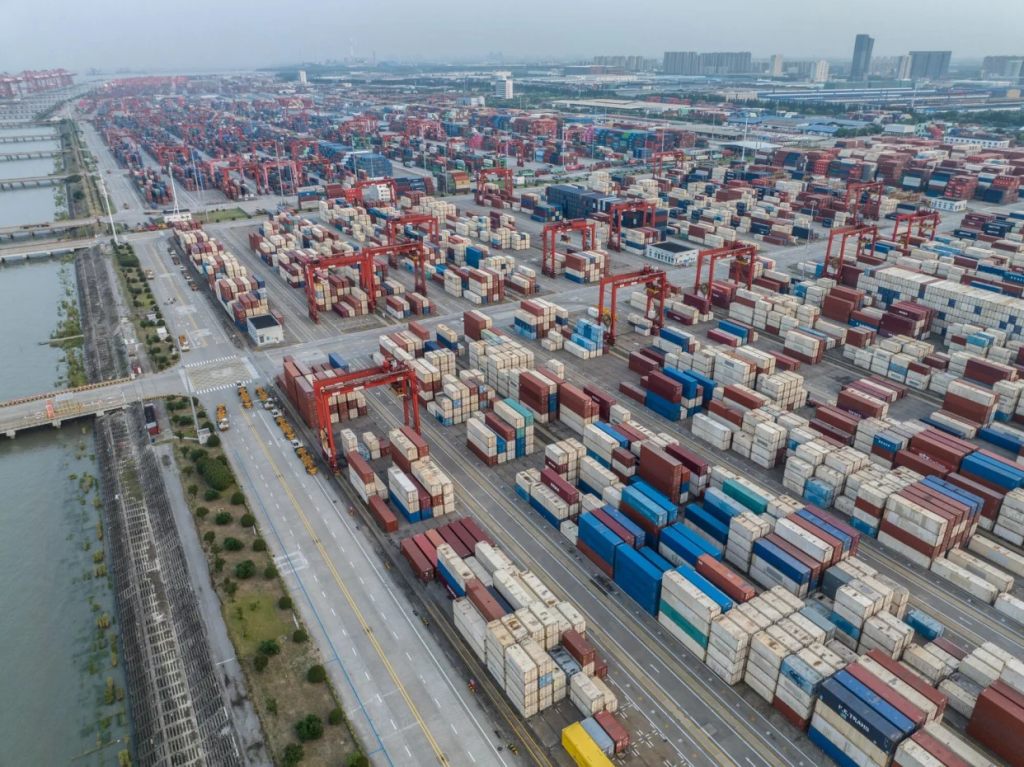The World Bank expects China’s growth to weaken further in 2025 even with a temporary boost from recent stimulus measures, putting extra strain on regional economies.
China’s expansion is set to drop to 4.3% next year from an estimated 4.8% in 2024, the lender said in its semi-annual economic outlook report. As a result, growth in East Asia and the Pacific — which includes countries like Indonesia, Australia and Korea — will slow to 4.4% in 2025 from about 4.8% this year.
“For three decades, China’s growth has spilled over beneficially to its neighbors, but the size of that impetus is now diminishing,” the World Bank said on Tuesday. “Recently signaled fiscal support may lift short-term growth but longer-term growth will depend on deeper structural reforms.”
Chinese officials had set an economic growth target of about 5% this year — a goal that looked increasingly out of reach by August due to sluggish consumer spending and a still shaky property market. In late September, Beijing unleashed a flurry of stimulus focused mainly on monetary policy, with measures such as interest-rate cuts.
Expectations are now growing for more fiscal support to boost spending, restore confidence and reflate the economy.
Besides slowing growth in China, shifting trade and investment flows, alongside growing global policy uncertainty, may also affect East Asia and the Pacific region, the World Bank said.
While US-China trade tensions have created opportunities for countries like Vietnam to play a role in linking major trading partners, “new evidence suggests that economies may be increasingly limited to playing a ‘one-way connector’ role as new, more stringent rules-of-origin on imports and export restrictions are imposed,” the World Bank said.
The bank also examined how new technologies such as industrial robots and artificial intelligence impact labor markets across Asia.
Given the dominance of manual task work in the region, a smaller share of jobs is threatened by AI than in advanced economies. But this means the region is also less well placed to take advantage of the productivity benefits of AI, the World Bank said.



